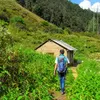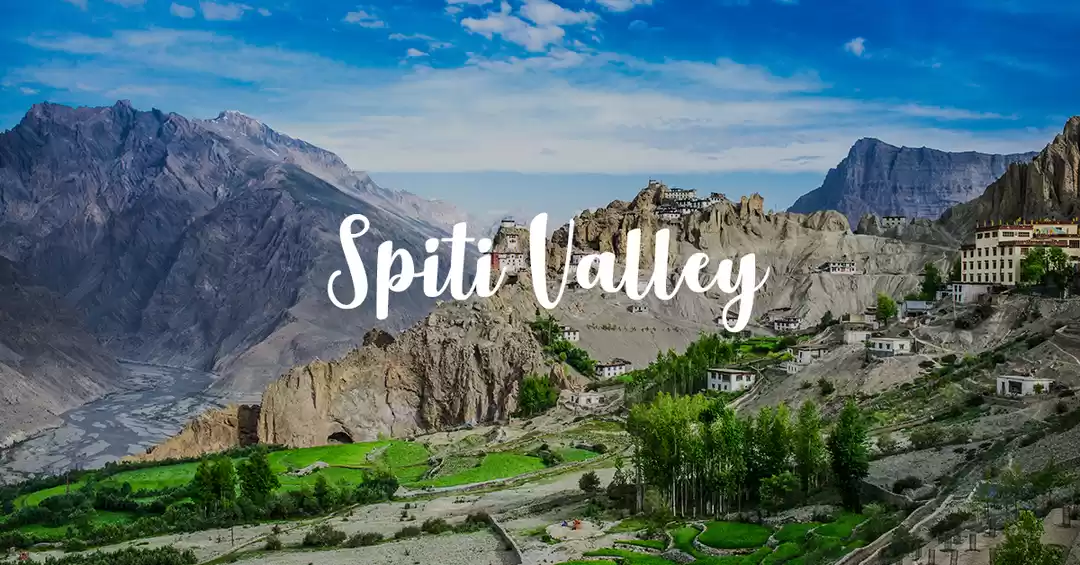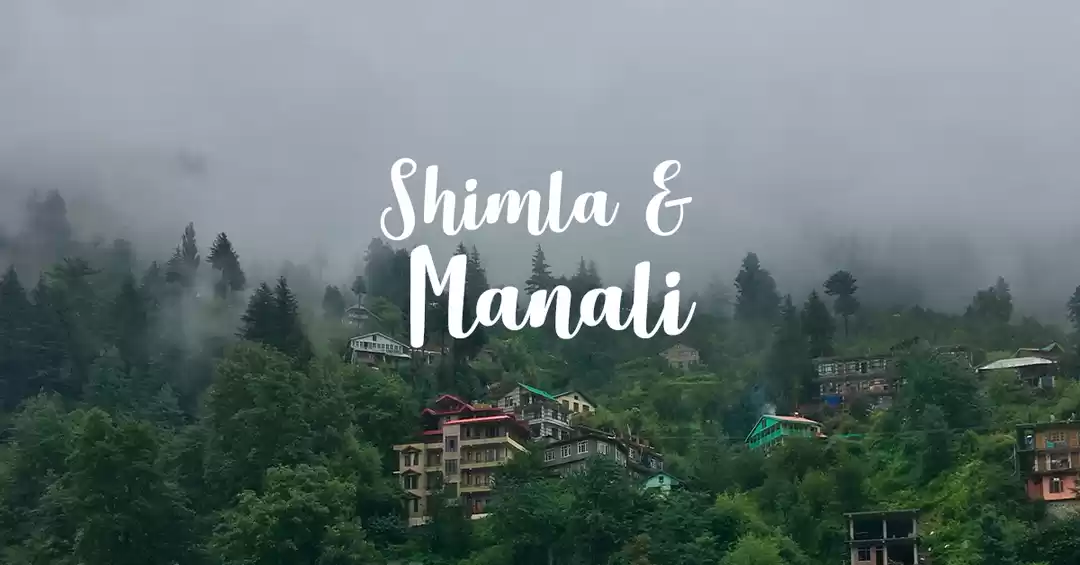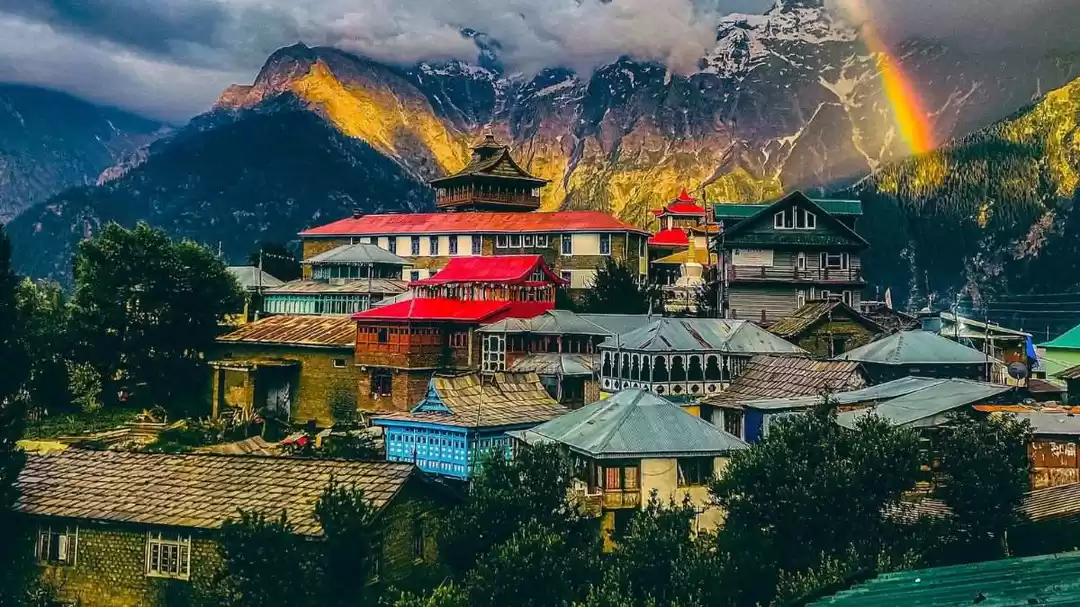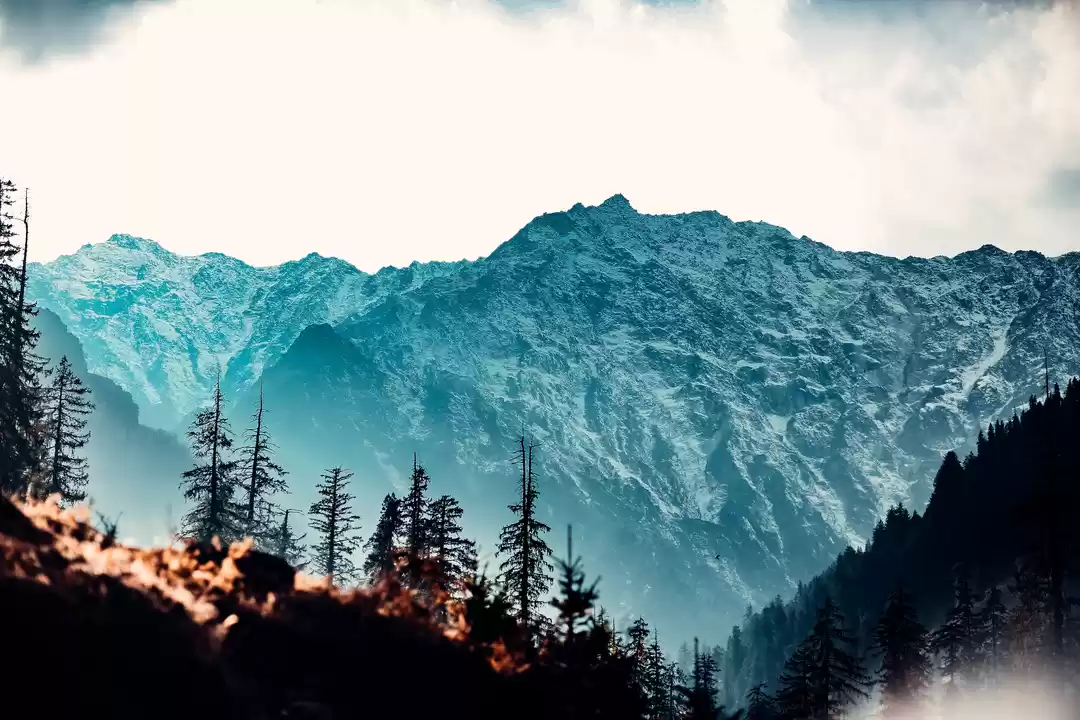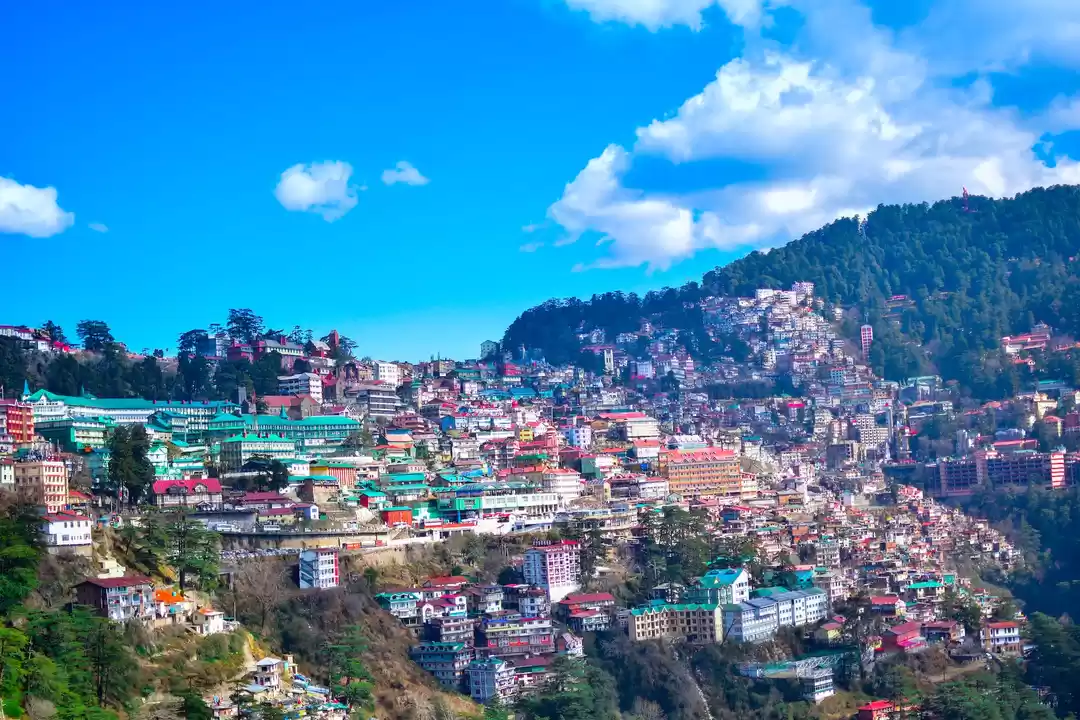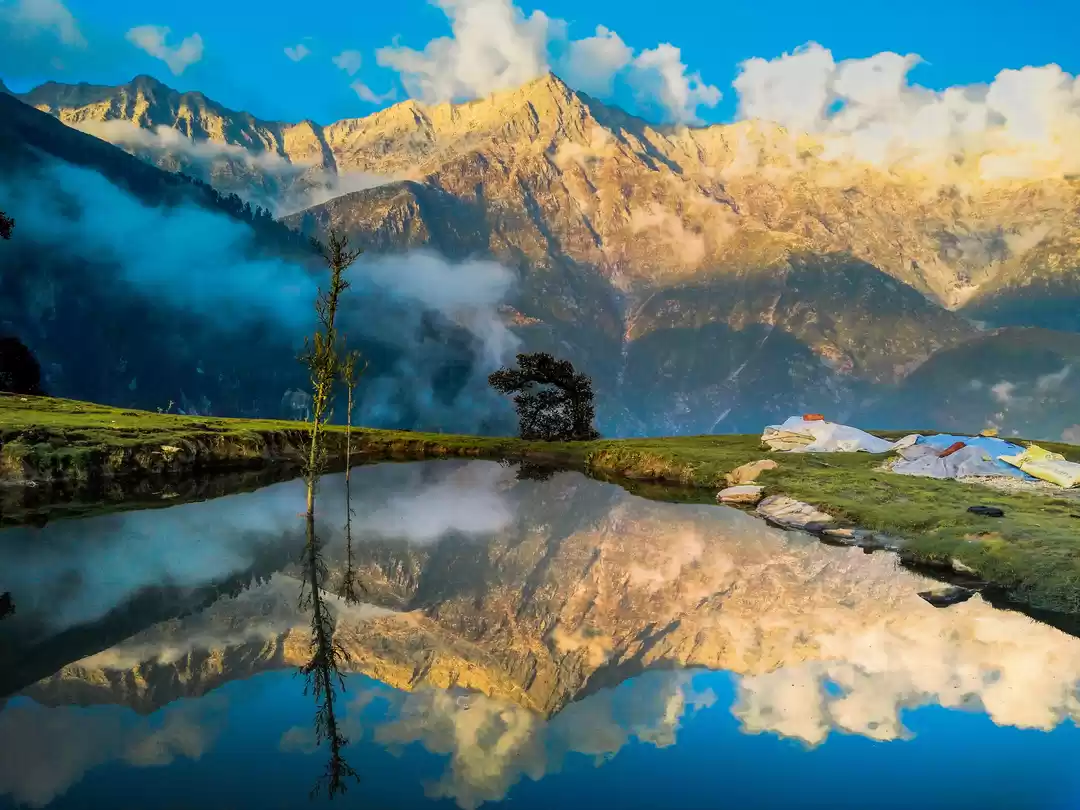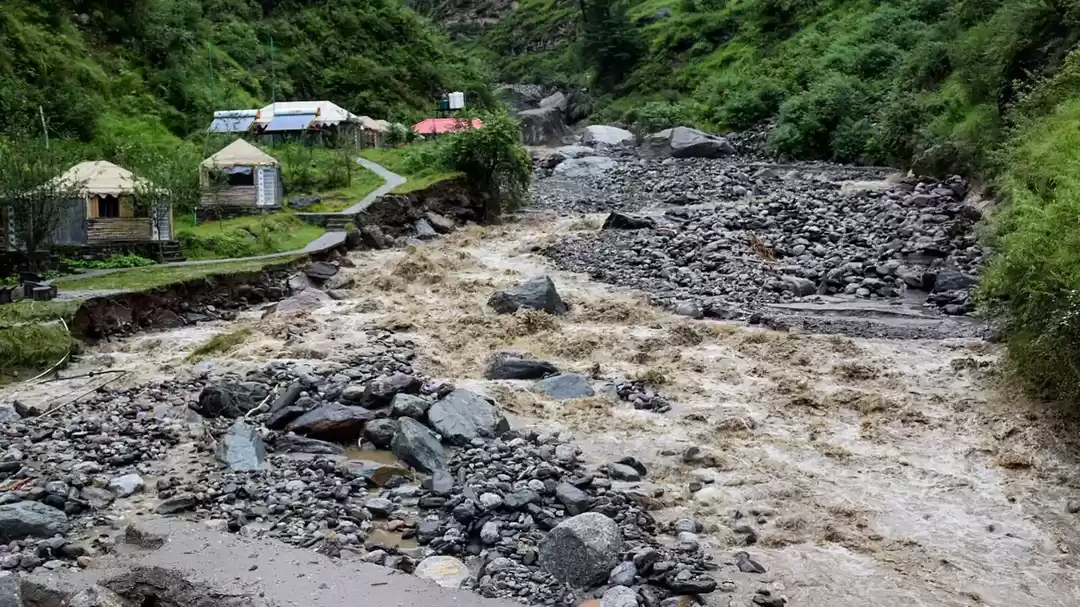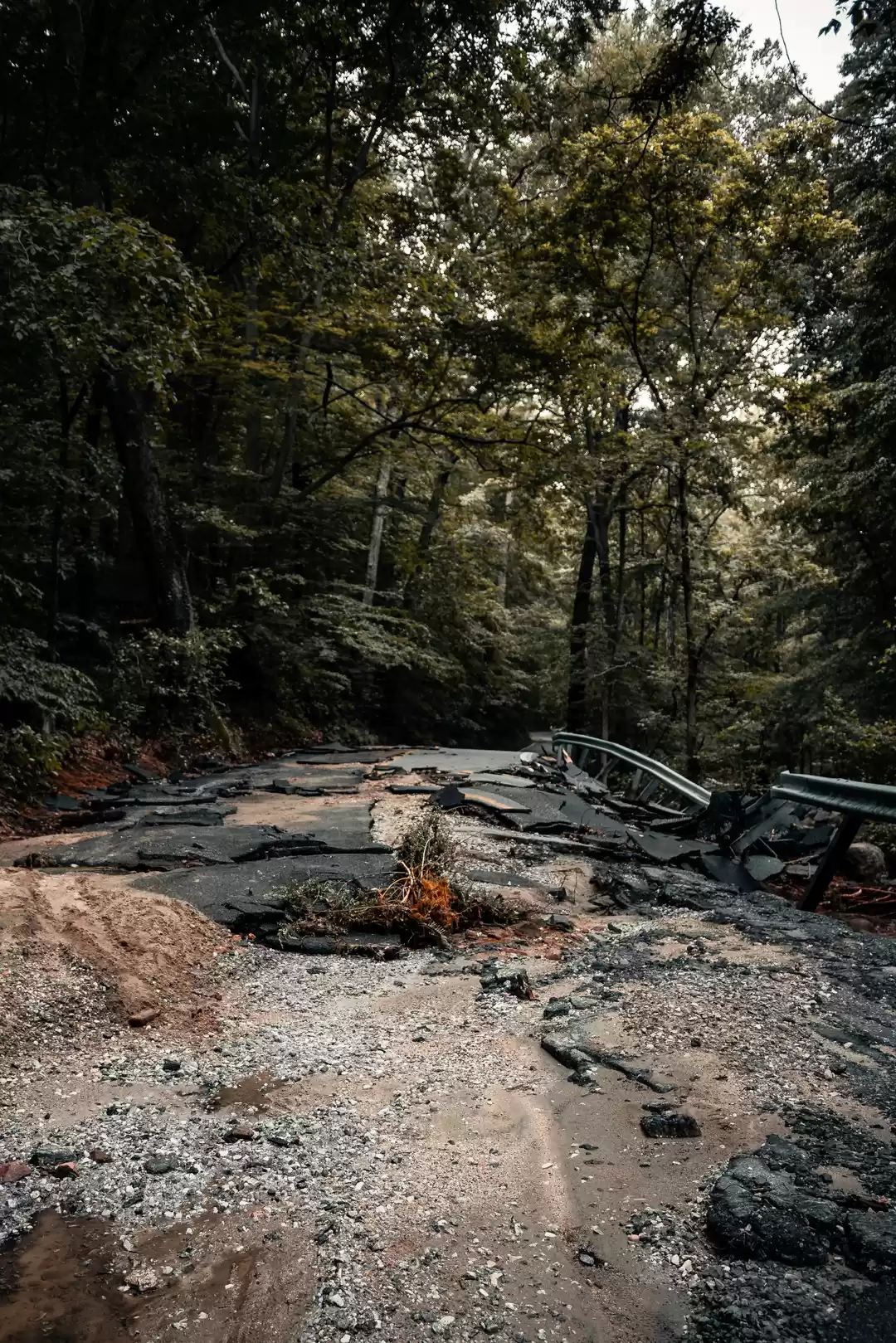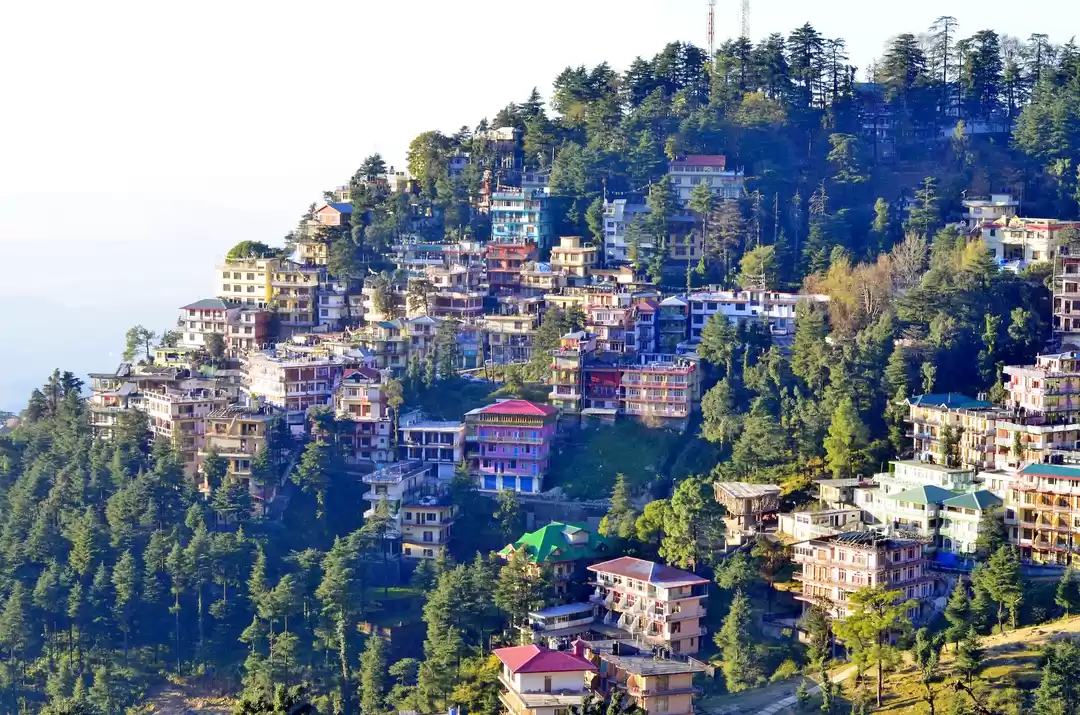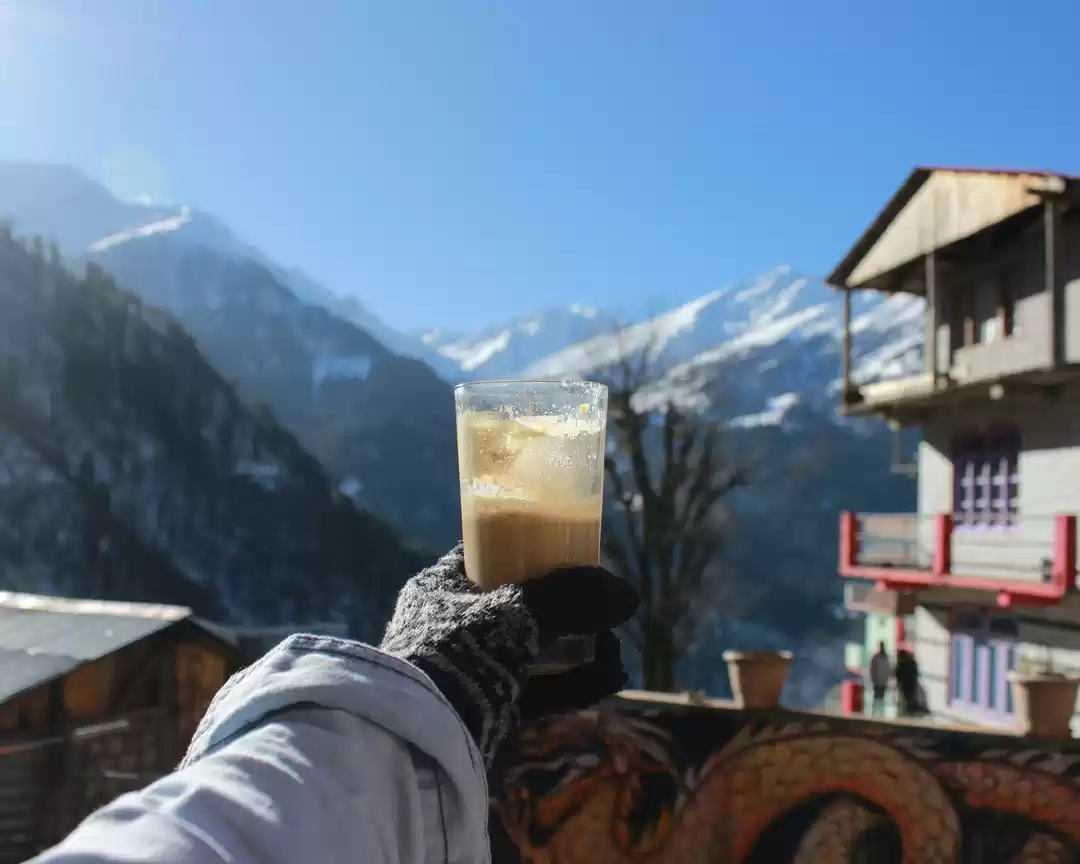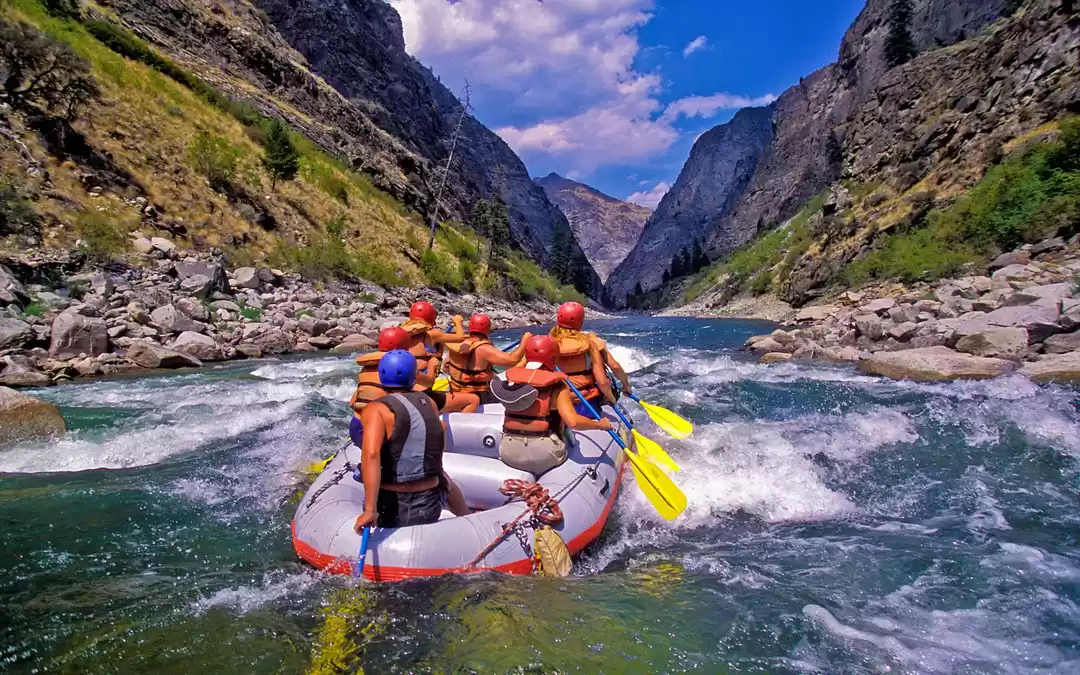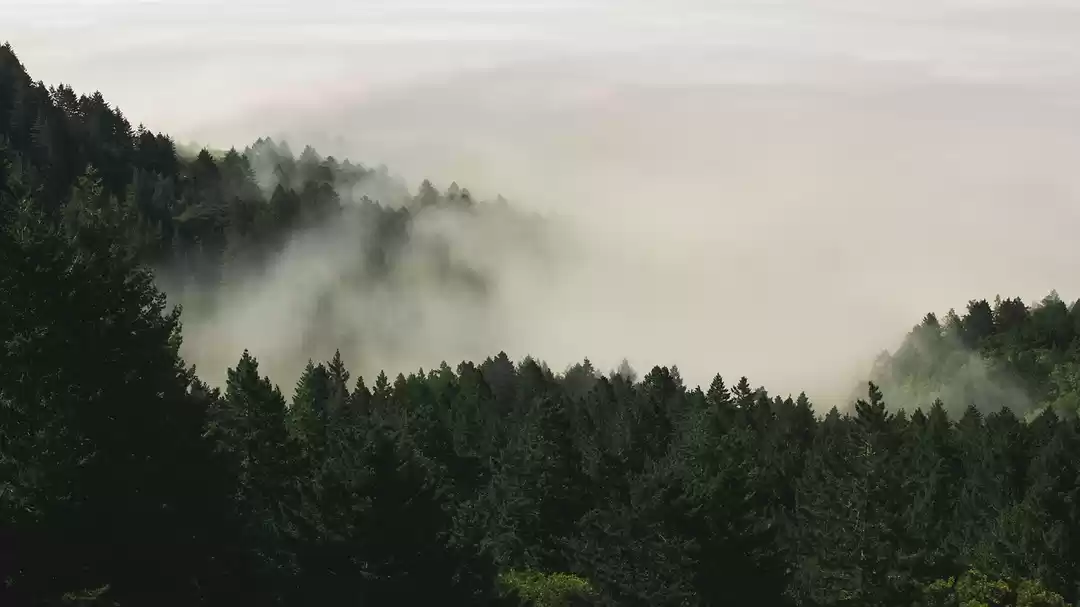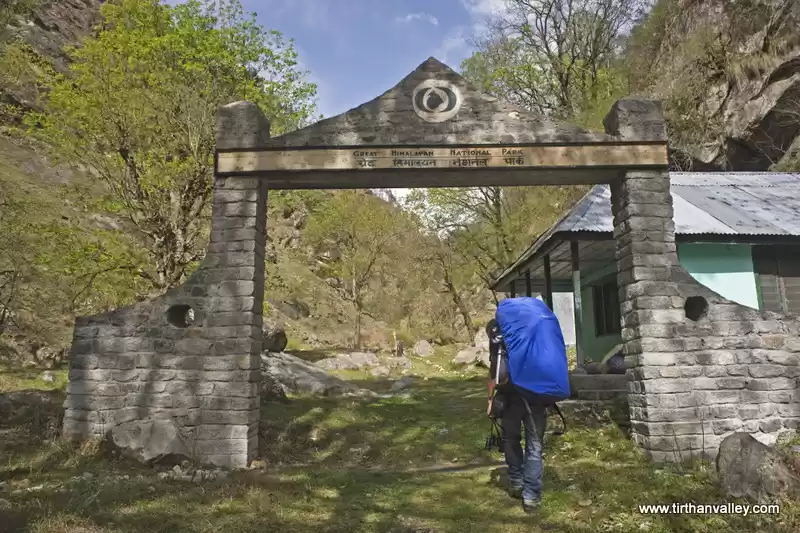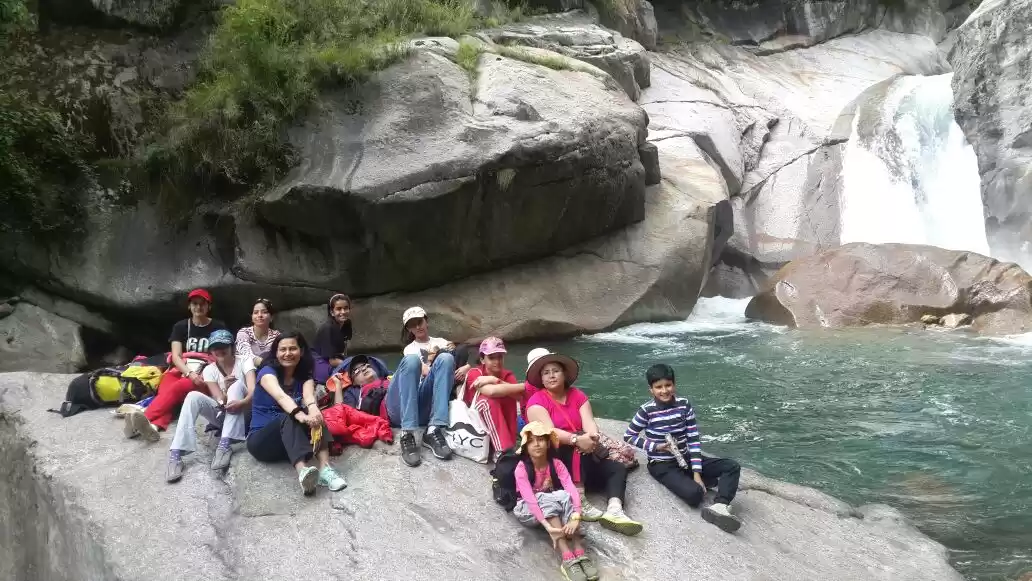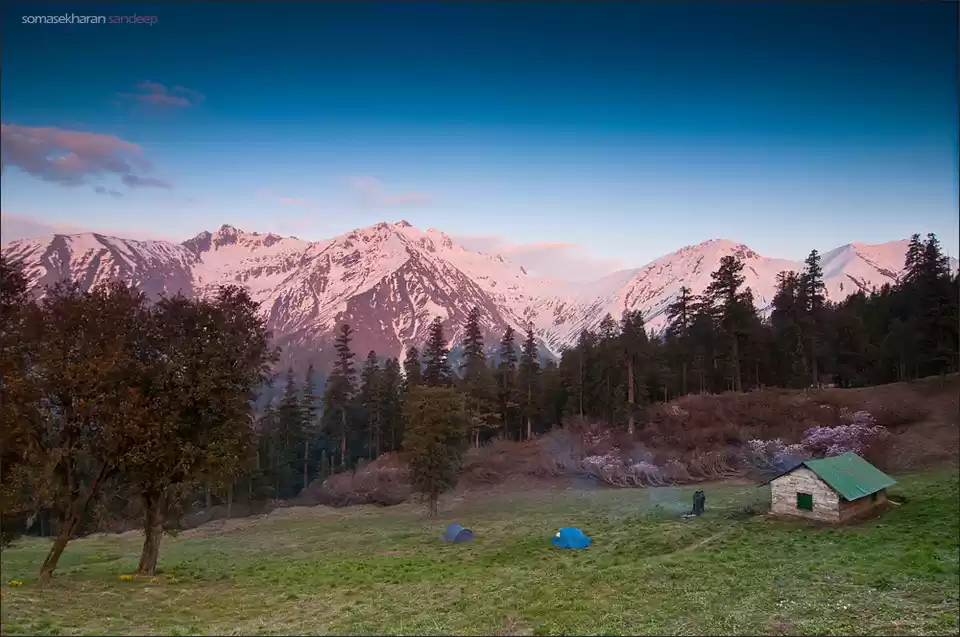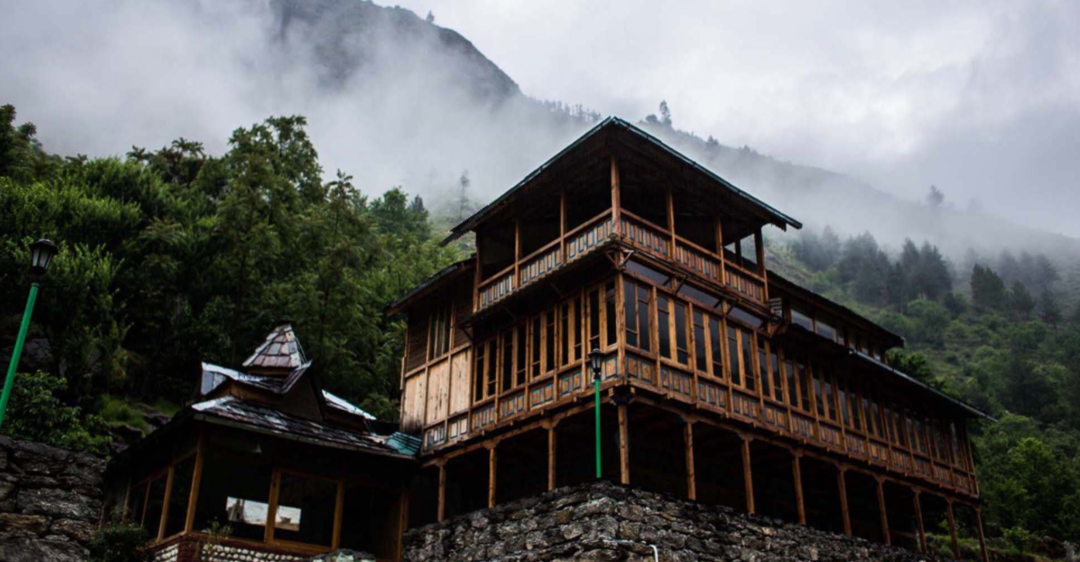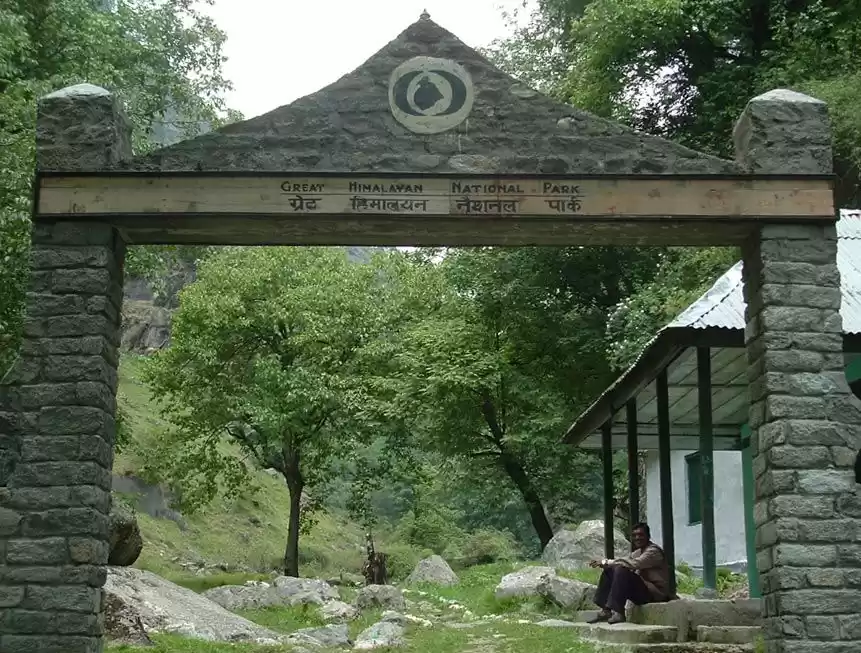
Introduction
The Great Himalayan National Park (GHNP) protects more than 1,100 sq. km. of Himachal Pradesh’s alpine, glacial, temperate, and subtropical forests.In this immersive destination, the real luxury is in living and breathing inside the jungle. Every inch is waiting to be discovered. Here, you’ll encounter iconic four globally threatened mammals- Snow leopard, Serow, Himalayan Tahr, Musk Deer, three globally threatened birds- Western Tragopan, Koklas, cheer pheasants and 10% of the world’s known plant species. It’s a pristine environment where nature thrives in its rawest form.
In June 2014, the Great Himalayan National Park was added to the UNESCO list of World Heritage Sites. The UNESCO World Heritage Site Committee granted the status to the park under the criteria of "outstanding significance for biodiversity conservation".
Recently in 2021, A report on Management Effectiveness Evaluation (MEE) of National Parks and Wildlife Sanctuaries in India was released by Prakash Javdekar, Union Minister of Environment, Forest and Climate Change, Government of India. MEE is globally accepted norm of evaluating the effectiveness of the management of the protected areas. The effectiveness of management is evaluated on the basis of multiple parameters and generally defines how well the National Park/Wildlife sanctuary is being managed.
The Great Himalayan National Park (GHNP) and Tirthan Wildlife Sanctuary in Himachal Pradesh have been ranked as the best managed protected areas in the country. Sainj Wildlife Sanctuary in HP has also been placed among top five in the MEE list 2021.
About me
Being a local, I know every nook and corner of The Great Himalayan National Park (GHNP). My ancestors have taken care of this amazing place for centuries by living in harmony with their surroundings. Today, I live in Tinder village in Eco-zone area of GHNP. I have been taking treks inside the park since I was 16, today I'm 30 years old.
Valleys of Great Himalayan National Park
The Great Himalayan National Park is spread across 4 valleys, each is rich in its own unique way. One gets to experience diverse flora & fauna in all these valleys. Voyagers can leave on different trips in the National Park that are appropriate for beginners just as specialists.
Tirthan Valley
It's a hidden gem of Himalayas. It's a jungle with life, I mean wildlife. There are great chances to observe wildlife along with great vistas when you trek towards Tirath, the source of Tirthan River. There are various other treks both in the Ecozone and core of this valley that can be experienced. It has something for everyone, be it any age or interest. Rolla Trek, Shilt Hut Trek-Rakhundi Top Trek, Nada Thach-Kobri Top Trek, Tirath Trek are some really good treks to experience the wilderness inside GHNP. Ecozone treks to Rangthar, Barchi Top, Kundri Top, Marhani also offer great vistas.
Rakhundi Top is a place from where almost 60% of the Park's area is visible.
Sainj Valley
Sainj is a must visit for people who want to love experiencing scenic beauty. It's a treat for the eyes to be here. It's a small yet beautiful valley, treks to Dhel, Lapah are really good. Rakhtisar trek is also a really good trek if you have a week’s time to dedicate. Sainj valley houses one of the most unique temples in Himachal, these are known as tower temples, constructed using locally available materials like wood and stone, these structures still stand strong after hundreds of years. Shangarh Village here is a must visit location in Sainj valley for its meadows and scenic beauty.
Jiwa Nal Valley
It's one of the least explored areas of GHNP and Himachal Pradesh. This valley lies alongside the Sainj Valley with Jiwa Nal river being the source of life here. The river is fed by a small pond, Sartoo, which in turn is recharged with glacial and snowmelt water. The river flows Westward to the village of Siund, where it joins the River Beas. Trekking in Jiwa Nal Valley begins at Siund, around 35 kms from Aut. Only people who have prior experience of trekking are advised to opt for it.
Parvati Valley
It's quite explored part of the GHNP and is famous among travelers and adventurers for its scenic beauty and treks. Parvati valley tour usually begins from Bhuntar and leads to Kasol, this is where the trek begins and can include destinations like Rashol, Grahan, Kheerganga, Malana, Tosh and Chalal.
There are more than 20 treks that one can experience in GHNP based on one's comfort, convenience, experience and interests. The duration of all GHNP treks varies from 2–3 days to 10-12 days.
To know more about the treks, reach us at: Trek with Tek or ring us at +91 8318764151.
Did you know?
Some interesting facts about GHNP...

If you ever plan to visit The Great Himalayan National Park (GHNP), and you are coming by road then you must reach Aut (Yes, 'Aut', a tunnel place), just before the tunnel at Aut starts, you need to take a right turn towards Larji Dam. From there you can move ahead towards places in Tirthan, Sainj, Jiwa Nal & Flachan Valleys via Banjar.
One can also take a HRTC bus from Kashmiri Gate Bus Stand to Aut. If you are coming by bus then you get dropped at Aut and from there you can hire a private taxi or wait for a bus to your destination. If taking a bus, you may also need to break your journey at Banjar & take another transportation to reach your destination.
From Delhi: Approximately 480km, 10 to 12 hrs journey
From Dharamsala: Approximately 170km, 6-8 hrs journey
From Shimla: Approximately 185km, 6-8hrs journey
From Manali: Approximately 70km, 2- 3hrs journey
From Kasol: Approximately 60km, 2- 3hrs journey
For, answers to all FAQs : FAQ | Trek wit Tek
Some of my favourite shots from GHNP
You can also checkout our gallery at: Photo Gallery | The Great Himalayan National Park

